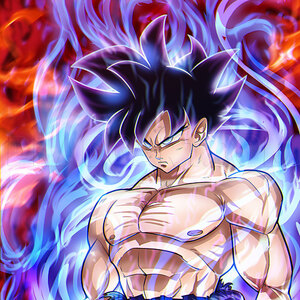Comments 0
Details
November 30, 2007
Description: Above is an illustration of the dragon anatomy. Each organ is listed in numbers. The anatomy of a dragon is extraordinary. Each dragon has special organs. Remeber dragons are mythological beasts. Note* the anatomy of this dragon is made up* The lesson here is learning the basic dragon anatomy. (example dragon: Telka dragon ^-^) 1. The gas sac holds a propane gas. This gas collides when heated energy enters the sac. (This is all explained in the picture at the right.) 2. A large heart circulates blood throughout the dragon’s enormous body. It is similar to the mammal. 3. The vast lungs of a dragon not only process air but heated energy. While a dragon breathes elemental energy, it intakes air as well. It’s quite simple, air goes in and energy goes out. 4. The Yerneg produces heated energy for many tasks. The largest energy consumer is the Planglx. The rest of the energy is used for organs. Remaining energy is applied to the gas sac. The Yerneg requires plenty of food to produce this energy. About a ton of food is worth six hours of flying and four breaths of elemental power. 5. The gizzard crushes up bones and meat for it able to pass through the intestines. Without the dragon’s gizzard, its intestines would take days to digest food. 6. A dragon has only one kidney. The kidney is used to clean blood and energy of the dragon. If a dragon were to lose its kidney, energy would no longer be cleansed. The energy would go through the body as studs. If an ener-stud were to hit






























































